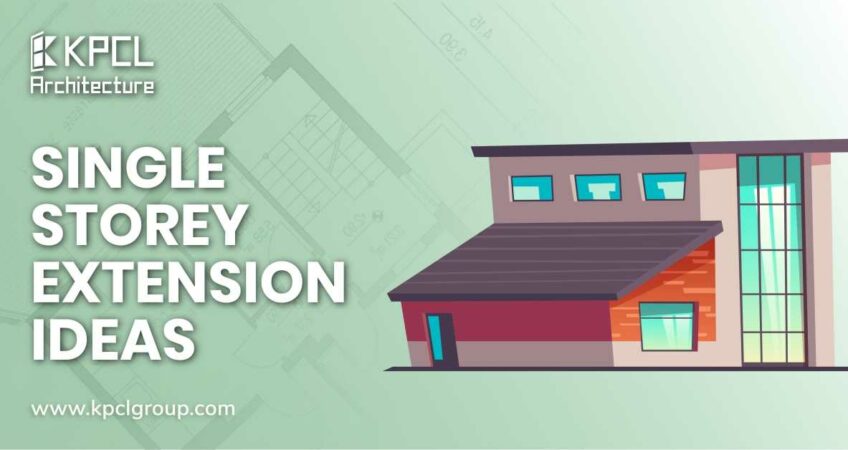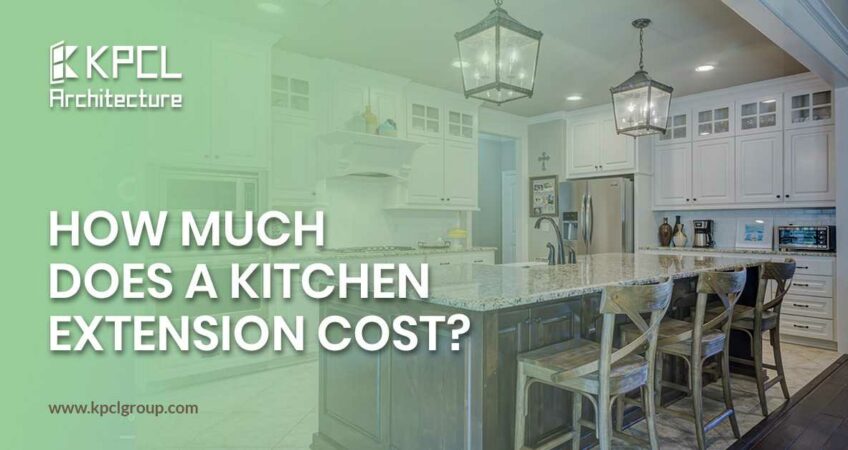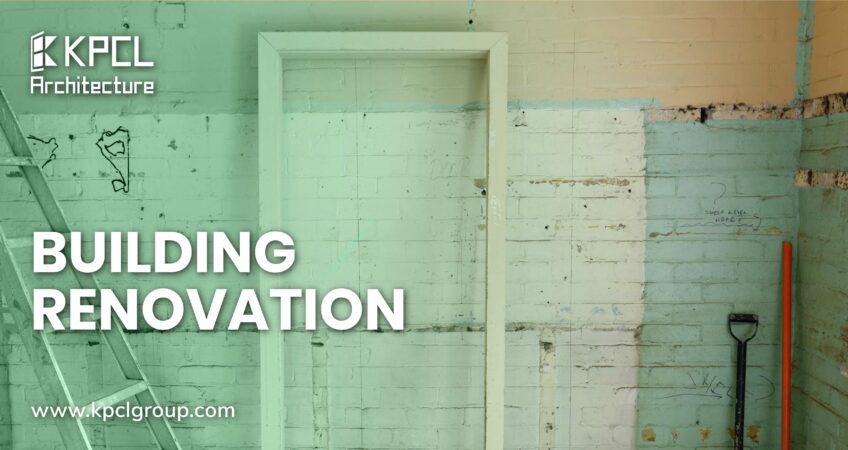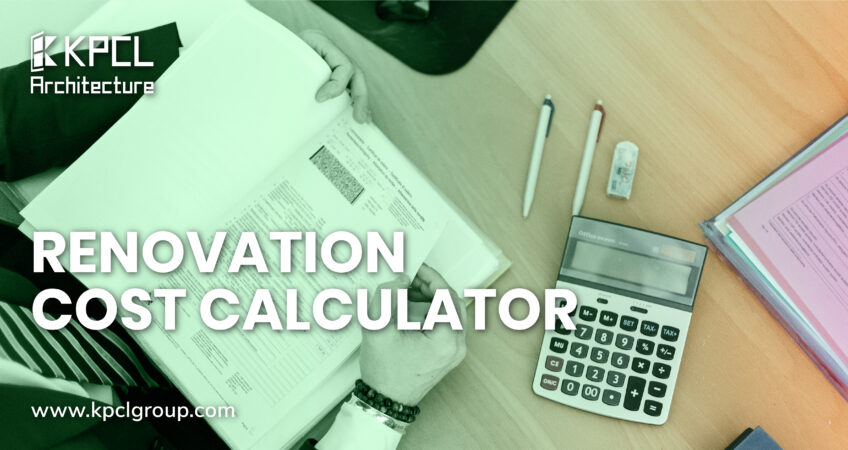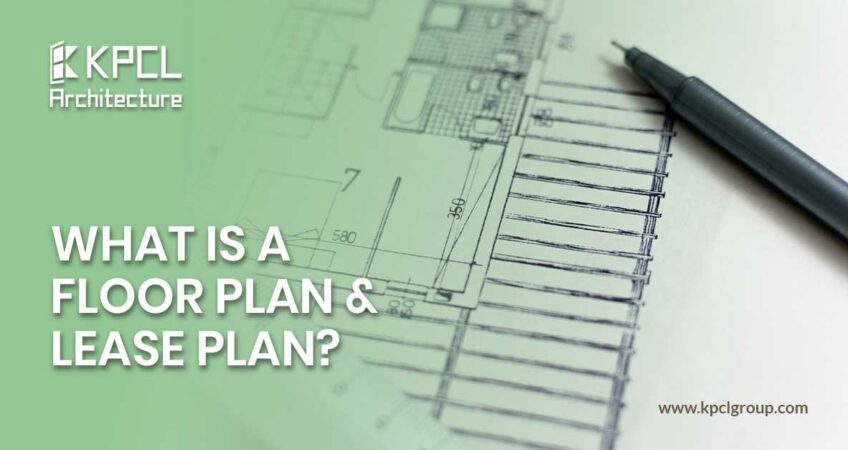A side return extension is an infill of the passage to the side and rear of a property. It is commonly used between two houses. Rear extensions can often lead to a large loss in garden space, but the side return infill makes use of an unused area of the questioned property. Therefore, it is quite convenient to have a side return extension. If one does eventually decide to get one, they will, by no means, question the side return extension cost. This article will cover everything you need to know about the side return extension cost.
Contents
What Is A Side Return?
The first question to tackle is what a side return extension is. As well as the side return extension cost. A side return extension is the narrow part of the land in which the given land runs alongside the ground floor of a property. This land is often used as a dumping ground for many things such as bins, bicycles, equipment for outdoor use, etcetera. Extending into this dumping ground space is what we call a side return extension. Additionally, having a side return extension makes the most of the given space and updates the layout of the home.
All in all, a side return extension is a popular way of making improvements to a home. Not only will it create extra space, but it can also significantly increase the value of the home. An extension like this will be the perfect compromise if one is looking to size up but are not keen on moving homes.
Is A Side Retirm Extemsopm Worth It?
Many people agree that side return extensions are worth it. The cost of side return extension is often overshadowed by the benefits that it comes with. People love side extensions because of the convenience it provides. People make a small side return extension to their kitchens and usually find doing so, a positive thing. Many even consider it as a huge gain by making a `side return kitchen extension’ because it changes their comfort and the way they enjoy the kitchen and dining area. Because of side return extensions, many people do not have to move.
Nowadays, people are opting for a side extension like a victorian side return extension, or even a Victorian side return extension for their terrace space. Terrace spaces are often looked at for comfort now, therefore people consider having a side return extension victorian terrace for not only comfort but also the aesthetics of victorian times. Therefore, a side return extension is worth it for those looking for both comfort and aesthetics.
How Much Does A Side Return Extension Cost?
The costs of a side return extension vary. It will depend on a variety of different areas that one’s budget will need to cover.
Some of these are stated below:
- Architecture – approx. 4%
- Administration fees – about 1%
- Structural engineers – about 3%
- Surveyors – 2%
- Contractors – roughly 30%
- Materials – approx. 20%
- Fittings – 5%
- Glazing – around 15%
- VAT around 20% (but this one varies from place to place)
All in all, the cost of the side return extension Lonon can cost anywhere from £3000 to £5000 per square metre plus the VAT and professional fees that come with it. Outside of London, the costs can range from anywhere between £2000 to £4000 depending on where one lives within the country.
How Much Does Aside Return Extension Cost UK?
As stated above in the previous topic of the side return extension cost, the costs vary anywhere between £3000 to £5000 per square metre plus VAT within the city of London. Anywhere outside of London, the side return extension cost will be around £2000 to £4000 plus an additional VAT. The VAT values will also differ from city to city.
A glass side return extension cost would be £2000 per metre square with an additional £40,000 on average. These extensions are not cheap to say the very least. With the large load and expanse of glass, installation is made very difficult and arduous, which is in turn, reflected in the price. Having said this, there are still ways to maximize the budget and make smaller extensions overall, a lot cheaper.
The costs of these extensions heavily depend on the following factors: The materials used, the size of the extension, the type of opening, any added ventilation or heating, flooring, added features, condition of the current space, and whether a crane is needed or not. Side return extension floor plans. have similar prices to the previous side return extension mentioned.
Do I Need An Architecture For a Side Return Extension?
For a basic side return extension, architecture is not exactly needed, though many people may think architecture is needed. Many assume that one would need an architecture for floor plans and elevations for planning permissions. It is good to know that most of these side return extensions do not require planning permissions, and hence, no need for architecture. For the simpler floor plans and elevations, one can do these themselves, or one can employ a CAD technician. However, if one decides on undertaking a more complex side return extension, then it would be wise to employ an architecture.
Though, for simple designs, architecture would not be required. Even though architecture are not always needed, a structural engineer would need to be employed so that structural drawings can be made and load-bearing calculations can be done. Moreover, plenty of conservatory companies and specialist builders offer complete designs under the name of ‘design and build’ package service, saving one from paying extra fees for an architecture or even a structural engineer for whipping up drawing plans for a side return extension.
The side return extension before and after can also be viewed with packages like this. Finally, the answer to this question is no. It is not necessary to have an architecture for a side return extension. Simple packages can be bought and much money can be saved in the process, as long as one has permission to build. Thus, that is all about the side return extension cost.
See Also:
Single Storey Extension Design Ideas
Essential Guide For Rear Extension
How Much Does a Kitchen Extension Cost?

